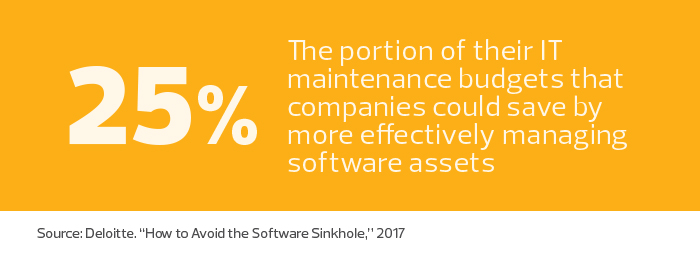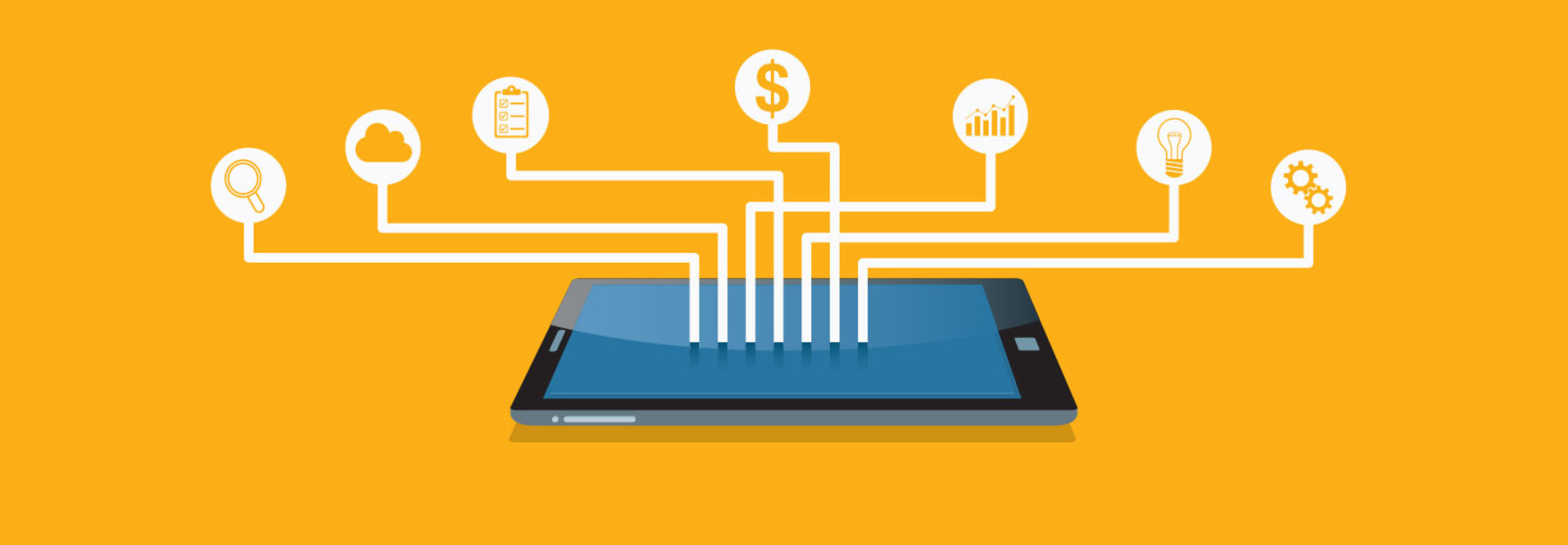Software Asset Management Helps IT Pros Get the Most from Their Software Licenses
School districts that zealously inventory and tag every physical asset they purchase often have a laissez-faire attitude toward software — but a software license can be much more durable and valuable than the laptop or server it’s currently being used on. IT managers who leverage their software assets properly will save money while minimizing the security and legal risks of running unauthorized or unlicensed software.
It’s a win-win when IT managers keep track of software licenses and manage their support costs. But software asset management is required to provide a complete and accurate picture. The payoff for an effective SAM program can be enormous when an IT manager has the information needed to quickly take advantage of changes in product offerings and at contract renewal time. Here are some tips for getting started:
Keep an Accurate Inventory of Assets
Knowing exactly what you have — down to the part number and quantity — is the first step toward effective asset management. Most SAM tools will let you inventory software currently sitting on the network, but this information needs to be combined with lost software licenses or licenses that were purchased but never used. Don’t forget one-off or special-use software, such as lighting tools used in the drama department or lab equipment in the science department. These small exceptions still need to be managed, especially as faculty shift positions.
Along with reviewing older purchases, make sure that new technology purchases are flagged for the person responsible for SAM so that software assets can be properly inventoried. Devices often come with embedded licenses not mentioned on purchase orders, so this is more time-consuming than it sounds — but it’s worth it.
Understand Software Licenses and Subscriptions
What people call a license and what a license really is can be two very different things. At the same time, software vendors change the rules and seem to have no end of complex programs and variations in their licenses. Don’t be afraid to call a meeting with large vendors (and always ask them to bring printouts of their records) to figure out exactly what it is you own and what the various licenses mean. In 2018, license transfers between devices and users, multiuser/multidevice licenses, and shifts between real licenses and expiring subscription services are key issues that add complexity. For K–12, special educational licenses and constantly shifting programs can be a special trap when something you counted on suddenly no longer exists. Cutting through misconceptions to find out what software you own and are authorized to use is one of the benefits of effective SAM.
Track Crucial Software Usage
Good SAM tools will be able to both inventory and track actual software use, which is crucial to understanding where in the district the most expensive licenses are being used. Everybody in the planning department may have a license for CAD tools, but some may not be using theirs. Music departments across a district may all be licensed for some products, but some teachers may not even know that they have access. SAM pays for itself in finding out what is being used and mapping that back to what was purchased.

Use metering isn’t a one-time thing, so there’s no quick report. However, once you have three to six months of data in hand, you have enough information to begin looking carefully at maintenance and support costs to see if you’re overpaying — or need to do some quick catch-up before an audit.
Consider the Impact of Cloud
IT managers need to consider the impact of cloud-based services on software licenses. Clear directions, such as those that come with Microsoft’s Office 365 Software as a Service bundle, are relatively easy to understand. But cloud-based data center services are also changing, both when Infrastructure as a Service is used (and server and application software has to be added) and when SaaS replaces traditional software. Of course, data privacy is a big concern for K–12 IT managers, so consider compliance overhead expenses in any cost comparison.
Some vendors bundle software licenses with their cloud-based offerings, and others offer attractive pricing for those who switch to lower-cost products. Anyone who is paying for Oracle database licenses can’t help but look at the costs for cloud database services from the big vendors and wonder: “Would it be cheaper to have my programmers change their database than to keep paying these huge fees?” This argument can be compelling, even when using off-the-shelf software. IT managers should check with their software vendors to see how less expensive cloud infrastructure can be integrated with or replace more traditional onsite tools.
Minimize Costs While Maximizing Service
Knowledge, especially in the case of SAM, truly is power. With reports showing what you’ve bought and what you’re using, you’re in a good position to fine-tune your software licensing and support strategy to maximize returns while minimizing costs. As software matures (think Microsoft Office here, but there are lots of examples), the justification for frequent version bumps drops. K–12 districts using non-Windows devices for students will find this information critical in discussing the pros and cons of shifting platforms.
Realize that software vendors are eager to shift money from one-time licensing fees to continuous subscription and support models. Savvy IT managers, armed with real data on what they really need, can come to the table and squeeze out the best and most appropriate deal.









